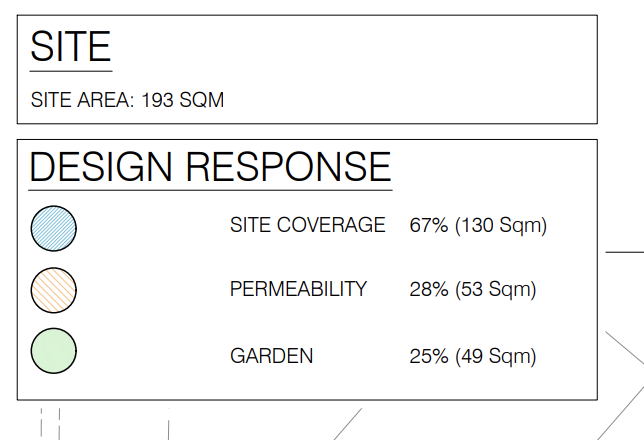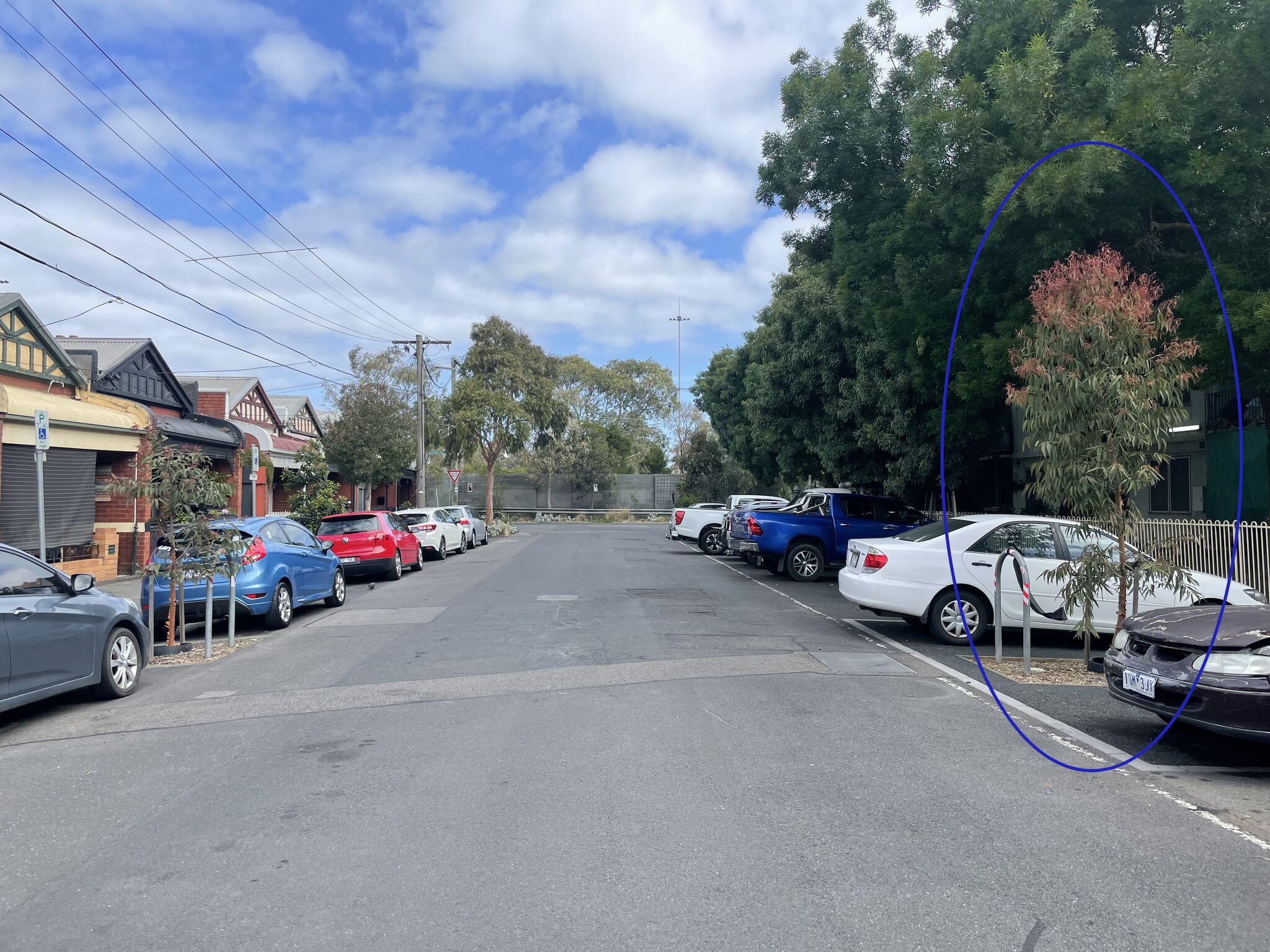Permeable Pavement for Developments
Why use permeable pavement in a development?
In anticipation of an increase in climate-change driven high-rainfall events, a renewed focus is being placed on run-off and the load on existing stormwater infrastructure. In this context site permeability is increasingly being viewed by council planning departments as a key consideration for developments.
Porous Lane’s high-performance permeable pavement systems provide multi-faceted benefits that can result in cost sayings and an uplift in site value.
Increase Site Permeability
Site permeability is an area that councils are increasingly focusing on, often to ensure that the local stormwater infrastructure isn’t burdened beyond its capacity by additional run-off entering the system (resulting in localised flooding and run-off reaching waterways carrying pollutants).
Councils are often requiring sites to maintain a certain percentage of permeability to be given a permit, with 20% typically the acceptable minimum.
While site permeability can often be maintained through the installation of lawns and garden beds, Porous Lane provides a solution for sites where maintaining the required permeability percentage is challenging without impacting on paved areas.
By using Porous Lane’s permeable pavement on areas such as driveways, paths and courtyards, the required site permeability can be achieved while maintaining the function of these key areas.
Read on to find out the other benefits Porous Lane can provide in this use-case and the potential cost-savings to developers and builders.
2. Below Ground On-Site Detention
Another way council's mandate developers manage run-off is through the installation of water tanks. While this is an effective solution, tanks take up valuable space and aren’t always in keeping with the visual appeal of the property
Porous Lane, when combined with a storage layer beneath the pavement can offer an alternative form of on-site detention, which can be used to reduce the need for water tanks to manage runoff.
3. Passive Irrigation for Faster Tree Establishment
An example of how effective Porous Lane is at establishing canopy. The street tree on the left was planted at the same tine as the tree on the right. Eighteen months later the tree on the right (with a passive irrigation system provided by a Porous Lane) is significantly more established.
For larger sites, particularly where the developer will be retaining the project, Porous Lane can be used to establish trees more quickly and reduce watering requirements. By harvesting stormwater and directing this to trees, Porous Lane reduces watering costs and helps to establish tree canopies much more quickly, resulting in a more attractive and therefore higher property value.
4. Cost Factors
While permeable materials are more expensive than traditional impervious materials, Porous Lane offers opportunities to offset the additional costs to install permeable pavement depending on the use-case.
Reduced stormwater infrastructure costs
Where high-performance permeable pavement is used, it's possible to reduce the number of stormwater pits and gross pollutant traps required. Where stormwater infrastructure is needed to be upgraded to manage additional runoff from the site, permeable pavement can be used to reduce the amount of runoff and negate the need to pay for costly stormwater infrastructure.
In circumstances where the use of permeable pavement reduces or negates the requirement for additional stormwater infrastructure, the result is often a net financial gain for the project.
Reduced Costs for Irrigation
In the case of Porous Lane being used for passive irrigation, this will reduce ongoing irrigation costs and create an uplift in site value through faster establishment of tree canopy and vegetation.
Get in touch with us at info@porouslane.com.au for more specifics around how permeable pavement can make your site more sustainable while saving your project money!


